When it comes to choosing the perfect fabric for a printed shirt, several factors come into play, such as fabric texture, durability, color vibrancy, and comfort. The right fabric choice can make a significant difference in the look, feel, and longevity of the shirt. Whether you're creating custom designs or shopping for the perfect printed shirt, understanding how to select the best fabric is essential. In this article, we'll guide you through the key aspects to consider when choosing print shirt fabric.
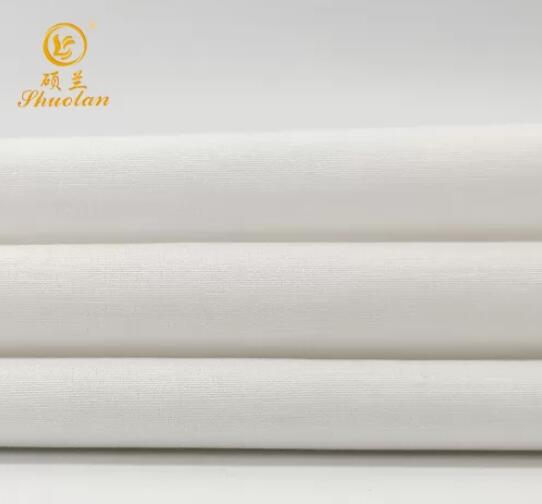
The type of fabric is a critical factor when selecting material for a printed shirt. Certain fabrics hold prints better than others, while some are more comfortable or durable for everyday wear. Common fabric options for printed shirts include cotton, polyester, and blended fabrics.
- Cotton: Cotton is a natural fiber that is soft, breathable, and comfortable, making it a popular choice for everyday shirts. It also holds prints well, especially when combined with high-quality printing techniques. However, cotton tends to shrink if not pre-washed, and it may wear out more quickly than synthetic fabrics.
- Polyester: Polyester is a synthetic fabric known for its durability and resistance to shrinking or wrinkling. It's often used in athletic and performance shirts because of its moisture-wicking properties. Polyester holds color very well, meaning prints will remain vibrant even after multiple washes.
- Blends: Cotton-polyester blends offer the best of both worlds. The softness of cotton combined with the durability and color retention of polyester makes this fabric a practical option for printed shirts. These blends are also less prone to shrinking and wrinkling.
Choosing a fabric with the right balance of durability and print retention is essential for ensuring your printed shirt remains vibrant and long-lasting.
Not all fabrics work equally well with all printing techniques. The method of printing can affect the choice of fabric. For instance, screen printing, direct-to-garment (DTG) printing, and sublimation printing all work differently depending on the fabric type.
- Screen Printing: This method works best on cotton and cotton blends, as it provides excellent color depth and durability. The ink sits on top of the fabric, creating a thick, vibrant print that holds up well over time.
- Direct-to-Garment Printing (DTG): DTG printing is ideal for high-resolution designs with multiple colors. It works best on cotton, though it can also be applied to cotton-poly blends. The ink soaks into the fabric, creating a softer feel than screen printing.
- Sublimation Printing: Sublimation is a heat-based method that converts dye into gas, bonding directly with the fabric's fibers. This technique works best on polyester fabrics, as the colors blend seamlessly into the material. Sublimation is perfect for all-over designs, as it creates a vibrant, durable finish.
When choosing print shirt fabric, ensure that the material is compatible with the printing method you plan to use, as this can significantly affect the quality and durability of the print.
The weight and breathability of the fabric are important considerations, especially if the shirt is meant for regular or warm-weather wear. Lightweight fabrics tend to be more breathable and are often favored for casual or summer shirts.
- Lightweight Fabrics: Materials like cotton and polyester blends in lightweight versions are ideal for t-shirts or casual wear. These fabrics allow air to circulate, keeping you cool and comfortable.
- Heavyweight Fabrics: Heavier cotton or fleece is more suitable for winter wear or long-sleeve printed shirts. While less breathable, heavyweight fabrics provide more warmth and structure, making them ideal for certain styles.
The key is to balance breathability and comfort with the desired structure and durability of the printed shirt.
When selecting a fabric for a printed shirt, it's important to consider how well the fabric holds color. Some materials allow for more vibrant and long-lasting prints than others.
- Cotton: Cotton holds pigment-based inks very well, resulting in bold, vibrant colors. However, over time, prints on cotton may fade if not properly cared for, especially with repeated washing.
- Polyester: Polyester fabrics hold dye exceptionally well, which is why they are often used for sublimation printing. The color becomes part of the fabric, resulting in vivid, long-lasting prints that resist fading, even with frequent washing.
- Blends: Cotton-polyester blends provide a good compromise, offering decent color retention with improved durability over 100% cotton fabrics.
To ensure the print remains vibrant, select a fabric that offers excellent color retention, especially if you're creating detailed or colorful designs.
Comfort is a top priority when choosing fabric for a printed shirt, as the texture and feel of the material play a major role in how often the shirt will be worn.
- Softness: Cotton is known for its soft feel and is often preferred for everyday wear. Blends with a high cotton content also provide a comfortable texture, making them suitable for casual shirts.
- Moisture-Wicking Properties: For athletic or performance wear, polyester is a better option, as it wicks moisture away from the skin, keeping the wearer dry and comfortable during physical activities.
Balancing comfort with durability will ensure that your printed shirt is not only visually appealing but also comfortable to wear.
Choosing the right fabric for a printed shirt involves considering factors like fabric type, print compatibility, durability, comfort, and color retention. By selecting a fabric that meets the specific needs of your design and usage, you can create a high-quality, long-lasting printed shirt. If you need help finding the ideal fabric or are looking for a reliable fabric supplier, feel free to contact us. We offer a wide range of fabrics tailored to meet your printing and garment needs.
 100% Cotton Plain Dyed Woven Twill medical fabric for hospital
100% Cotton Plain Dyed Woven Twill medical fabric for hospital 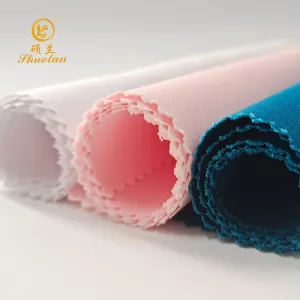 Twill weave medical wear fabric VAT dyeing with chlorine bleach resistant CVC 60/40 21*21 108*58
Twill weave medical wear fabric VAT dyeing with chlorine bleach resistant CVC 60/40 21*21 108*58 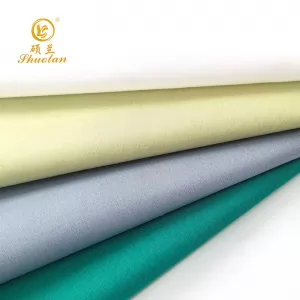 factory direct sale shirt fabric good quality CVC 55/45 133*72 poplin shirt fabric
factory direct sale shirt fabric good quality CVC 55/45 133*72 poplin shirt fabric  wrinkle free shirt fabric 60% cotton 40% polyester poplin plain dyed fabric
wrinkle free shirt fabric 60% cotton 40% polyester poplin plain dyed fabric 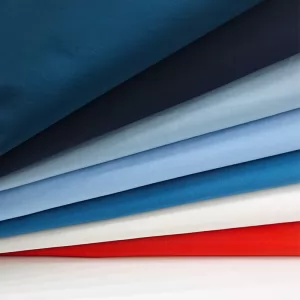 combed quality T/C 65/35 45*45 133*76 reactive dyed shirt fabric easy care finish
combed quality T/C 65/35 45*45 133*76 reactive dyed shirt fabric easy care finish 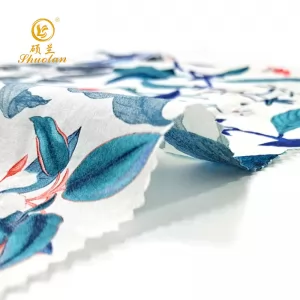 woven cotton poplin shirt fabric leave design 40*40 110*76
woven cotton poplin shirt fabric leave design 40*40 110*76 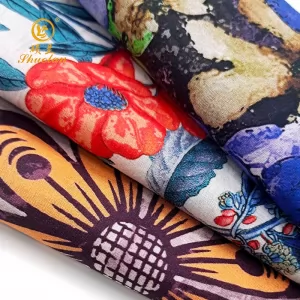 100% Cotton 40*40 133*72 120gsm floral print fabric for shirt skirt dress
100% Cotton 40*40 133*72 120gsm floral print fabric for shirt skirt dress 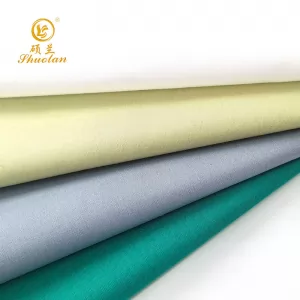 TC 65/35 45*45 110*76 57/58' 103GSM Solid Shirting Fabric Direct Supply with Competitive Price and High Quality
TC 65/35 45*45 110*76 57/58' 103GSM Solid Shirting Fabric Direct Supply with Competitive Price and High Quality Newsletter Subscription
Get the latest trading information
Copyright © Shijiazhuang Shuolan Textile Factory All Rights Reserved Sitemap | Powered by 